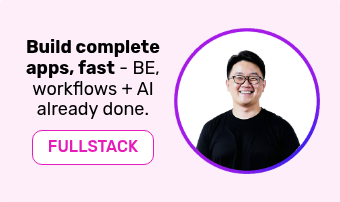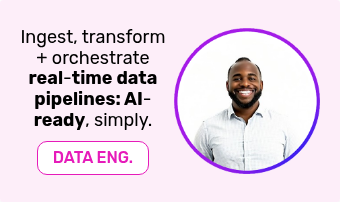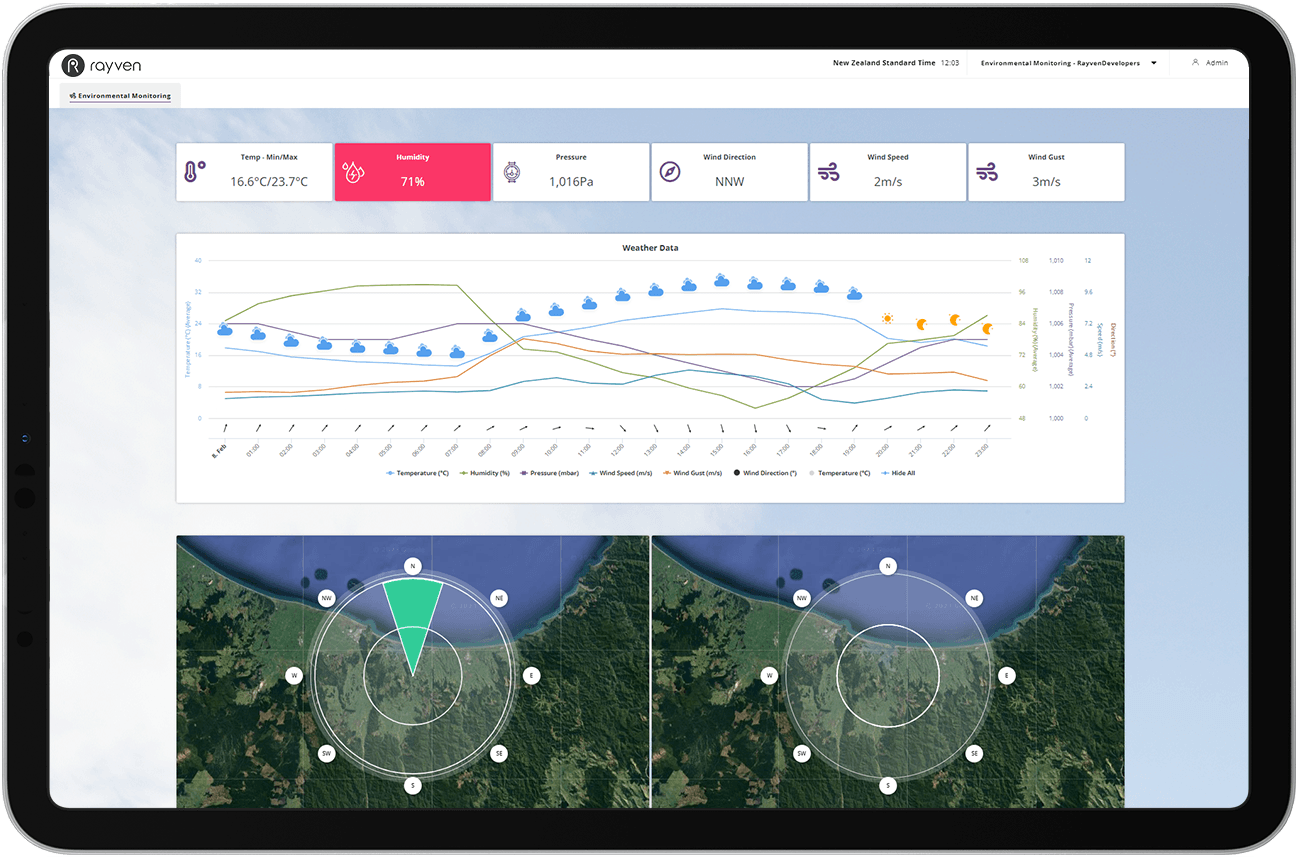Light Pollution Monitoring Solutions.
Monitor levels in real-time, mitigate breaches + leverage AI to improve, simply.
Easily create + deliver a custom Light Pollution Monitoring solution for your organisation, fast and affordably.
Better assess light pollution and make decision-making + reporting, effortless.
Conquer the challenge of assessing, monitoring + improving light pollution, simply.
Use our Rayven Platform's Light Pollution Monitoring solution template as your starting point and integrate infield devices, third-party systems, and assets to deliver real-time and predictive insights on performance and how it can be improved.
Our all-in-one, easy-to-use technology comes complete with universal integration, machine learning, automation, and AI capabilities; enabling you to monitor + maintain a safe, healthy, and compliant environment, simply.
Remote, real-time light monitoring from anywhere.
Monitor light levels, spectrum, intensity + sources across sites, simply. Integrate multiple data sources and sensors to get the complete, real-time view, anywhere.
Set thresholds + trigger alerts: make compliance simple.
Set-up thresholds and trigger alerts. Use automation + control to alert employees, shutdown machinery, and mitigate breaches.
Build interactive dashboards + drill into performance.
Build custom dashboards to explore performance. Interrogate sources, analyse the different factors that contribute to light, and spot trends hidden in Big Data.
Add custom AI + universal automation.
Our solution enables you to utilise inbuilt predictive analytics with your own and third-party data to predict outcomes and enable you to prevent compliance breaches.
Fits all existing
hardware + technologies.
Our light pollution monitoring solution will integrate with any machinery, system, hardware, sensor, technology, or data repository - guaranteed.
Monitor more: add noise, weather, dust - anything.
Incorporate different in-field sensors to develop a complete, real-time view of environmental performance + enhance predictive modelling.
Rayven has free + low-cost options, making it affordable for every business.
How your Light Pollution Monitoring solution is put together.
New and existing data, (both real-time and historical), alongside custom logic, thresholds, and predictive analytics is used to create your custom Light Pollution Monitoring solution.

Our solution can handle data from anywhere in any format, and at all levels:
Level 1 Data: Manual entry of data via custom forms built within our solutions.
Level 2 Data: Bespoke spreadsheet ingestion via FTP or manual uploads.
Level 3 Data: Integration of real-time data from OT / IT systems and corporate systems.
Level 4 Data: Real-time integration with in-field technologies, asset systems + in-field sensors.
Your Light Pollution Monitoring solution will integrate with anything, including:
Light Pollution Monitoring solution FAQs.
Question: What is light pollution monitoring, and why is it important?
Light pollution refers to the excessive, misdirected, or obtrusive artificial light produced by human activities, especially in urban areas. This pollution can have various adverse effects, such as disturbing ecosystems, wasting energy, hindering astronomical observations, and impacting human health.
Light pollution monitoring provides an opportunity to manage and reduce the impact of artificial light on the environment proactively. By leveraging technology, businesses and communities can find a balance between the need for artificial light for safety and convenience and the preservation of natural nightscapes and ecosystems.
Question: What's involved in a Light Pollution Monitoring solution?
Monitoring light pollution encompasses a system of interconnected devices, sensors, and software platforms used to monitor, analyse, and manage light pollution. Here's how it can work:
- Sensors: Specialised sensors can measure the intensity and spectrum of artificial light in the environment. These sensors can be placed strategically in urban, suburban, or even rural areas to create a network that provides comprehensive coverage of a region.
- Data collection + transmission: These sensors collect data continuously or at set intervals. The data is then transmitted wirelessly to a central server or cloud platform. Advanced platforms can handle data from thousands of sensors simultaneously.
- Real-time data analysis: Use platforms analyse the data to generate insights into the sources and levels of light pollution. Patterns and trends can be identified, which can inform policy decisions, urban planning, and public awareness campaigns.
- Mapping: Visualisation tools can provide light pollution maps that show the intensity of light pollution across different areas. These maps can be updated in real-time or near-real-time, allowing authorities and researchers to see the impact of changes in lighting practices or infrastructure.
- Responsive actions + alerts: In advanced setups, the system can be integrated with communication systems and smart lighting solutions. For instance, if an area is detected to have excessive light pollution, smart streetlights in that area can be dimmed or adjusted to reduce the pollution, or someone in the control room can be alerted to do this manually.
- Machine Learning + predictive analytics: Use an advanced platform's inbuilt capabilities to analyse multiple data sources, both real-time and historical data, to predict breaches based on conditions. Use it to make better decisions both via human and AI.
- Application: Advanced platforms can support worker, regulatory and public-facing apps and dashboards that deliver critical insights into light pollution data in real-time. These enable those responsible for monitoring and reporting on problematic areas to better manage and prevent breaches, as well as supply necessary data to connected parties.
Question: How can real-time light pollution monitoring help with regulatory compliance?
Real-time light pollution monitoring can significantly aid in regulatory compliance in various ways:- Immediate detection of violations: Real-time monitoring can instantly identify areas where light emissions exceed permissible levels. Immediate notifications can be sent to the responsible entities or regulatory bodies, prompting rapid corrective actions.
- Evidence-based enforcement: Continuous monitoring produces objective and granular data, which can serve as evidence in case of disputes. Regulatory agencies can reference this data when enforcing compliance or imposing penalties.
- Dynamic adjustments: For regions or industries with variable light pollution standards (e.g., different standards for different times of the day or during specific events), real-time monitoring allows entities to adjust lighting dynamically to remain compliant.
- Informing stakeholders: Real-time data can be made available to stakeholders, including the general public, through dashboards or apps. This transparency can foster trust and promote voluntary compliance.
- Aid in impact assessments: Before new developments or projects are approved, environmental or societal impact assessments might be required. Real-time monitoring data can inform these assessments, ensuring that potential light pollution impacts are adequately addressed and mitigated.
- Data for revision of regulations: Continuous data streams can provide insights into the effectiveness and relevance of existing regulations. Regulatory bodies can use this information to update and refine standards.
- Optimising lighting systems: Entities can use real-time feedback to optimise their lighting systems for efficiency while ensuring compliance. For instance, a smart street lighting system can adjust its intensity based on ambient conditions, ensuring it's neither too dim (compromising safety) nor too bright (violating light pollution norms).
- Cost savings: Avoiding non-compliance penalties and optimising lighting for efficiency can result in significant cost savings for businesses and municipalities.
- Benchmarking + reporting: Organisations can benchmark their performance against set regulatory standards and produce compliance reports more efficiently using real-time data.
- Facilitates audits: If regulatory bodies wish to conduct audits on light pollution norms' compliance, having real-time monitoring systems in place can make the audit process smoother and more accurate.
- Promotes proactiveness: With real-time monitoring, entities can shift from a reactive approach (addressing violations after they happen) to a proactive one (preventing potential violations). This proactive stance can lead to better overall adherence to regulations.
- Supports research + development: Companies developing new lighting technologies can use real-time data to test and refine their products to ensure they meet regulatory standards.
Question: What are the key features to look for in a Light Pollution Monitoring solution?
When selecting a Light Pollution Monitoring solution, it's crucial to look for:
- Real-time data processing: Get immediate analysis and feedback on light levels, providing for instant alerts on threshold breaches.
- Scalability: Ability to handle data from multiple sensors, systems and third-party systems spread across large areas. Expandability to accommodate growth in monitoring infrastructure and different sites - without blowing out costs.
- Data analytics platform: Advanced tools for visualising light pollution trends and patterns. Predictive analytics for anticipating potential issues.
- Integration: Compatibility with other systems, legacy business systems, as well as external data sources and SaaS. API support for custom integrations and applications.
- Geo-tagging +mapping: Precise location data and visualisation capabilities using maps for spatial understanding of light pollution.
- Secure data transmission: Encryption and secure protocols to protect data integrity. Measures to prevent unauthorised access.
- Alerting +notification system: Customisable thresholds for alerts. Multiple notification channels (email, SMS, app notifications).
- Remote control, configuration + device management: Ability to adjust sensors and other machinery remotely. Over-the-air updates for firmware and software.
- Cloud connectivity + storage: Data stored in a secure cloud environment. Easy access to historical data and trends.
- User-friendly, fully-customisable interfaces: Intuitive dashboards and reporting tools, tailorable for different uses. Mobile access for on-the-go monitoring.
- Regulatory + standard compliance: Adherence to industry standards and regulations related to light pollution and devices.
Question: What industries and organisations can benefit from light pollution monitoring?
Light pollution monitoring offers valuable insights and data that can benefit a wide range of industries and organisations.
Many sectors can gain advantages from monitoring light pollution, including: Astronomy and Space Research, Urban Planning and Development, Environmental Conservation and Ecology, Public Health and Research, Energy and Utilities, Transportation, Real Estate and Property Development, Manufacturers of Lighting Solutions, as well as Wildlife and Animal Advocacy Groups among others.
Remove the risks, costs + delays from building applications: we can create it for you.
At Rayven, we don’t just provide the tools - we can also build the apps you need from concept to deployment and beyond.
Regardless of your challenge, our expert team can deliver a bespoke app tailored to your needs in weeks that delivers an even bigger ROI, faster.






























































